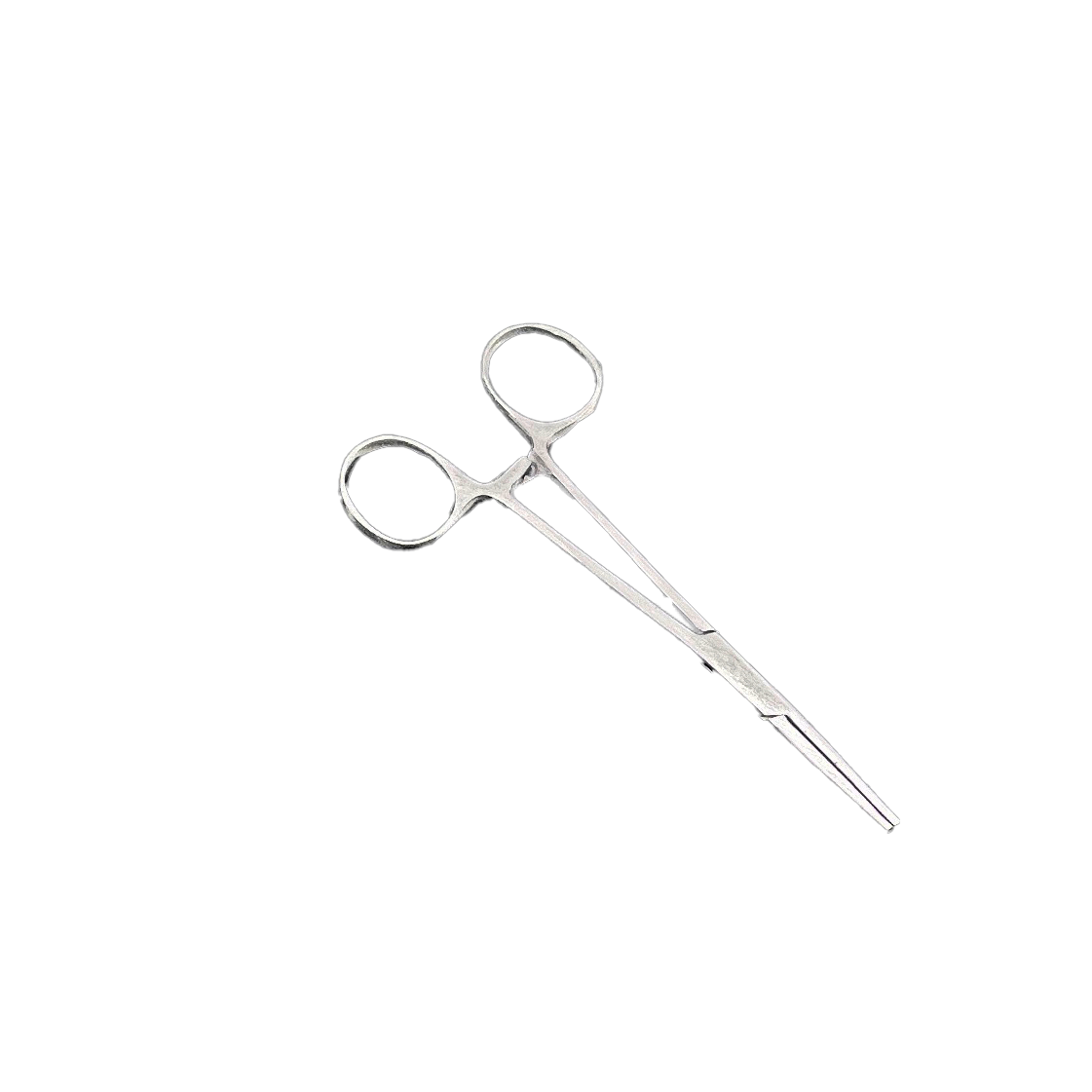Essential for Precision and Control
Kelly forceps are a crucial tool in any first aid kit, providing precision and control during various medical procedures. These forceps, also known as hemostats, are primarily used for clamping blood vessels to control bleeding. However, their design makes them versatile for many other tasks, such as holding tissues, removing small objects, and aiding in wound cleaning.
Uses of Kelly Forceps
Kelly forceps have several important uses in first aid and emergency care:
- Handling Tissues: The forceps can hold tissues during wound cleaning or suturing, providing better access and control.
- Removing Objects: Forceps can be used to remove small objects from wounds, such as debris, splinters, or glass.
- Aiding in Wound Cleaning: By spreading narrow openings, they allow better access to the wound, making it easier to clean and treat effectively.
Wound Cleaning with Kelly Forceps
One of the key uses of Kelly forceps in first aid is to aid in wound cleaning. When dealing with deep or narrow wounds, it can be challenging to clean the area thoroughly. Forceps can help by gently spreading the wound, allowing for better access to clean out debris and apply antiseptics. Here’s how to use Kelly forceps for wound cleaning:
- Prepare the Area: Clean the surrounding skin with an antiseptic wipe to reduce the risk of infection.
- Gently Insert the Forceps: Carefully insert the closed forceps into the wound. Be gentle to avoid causing further injury.
- Spread the Wound: Slowly open the forceps to spread the wound. This will provide better access to the wound’s interior.
- Clean the Wound: Use sterile gauze, cotton swabs, or an irrigation syringe to clean the wound thoroughly. Remove any dirt, debris, or foreign objects.
- Apply Antiseptic: After cleaning, apply an antiseptic solution to disinfect the wound.
- Close the Forceps: Gently close the forceps and remove them from the wound.
- Dress the Wound: Apply an appropriate dressing or bandage to protect the wound and promote healing.
Misconceptions from Movies
In the movie “Blackhawk Down,” there is a scene where a character uses Kelly forceps to clamp an artery to control massive hemorrhage. While this makes for dramatic cinema, it is not a practical use of Kelly forceps in a first aid setting. Clamping an artery is a technique more suited to an operating room, where surgeons have the proper equipment and environment to perform such delicate procedures safely. In real-life emergency situations, controlling massive hemorrhage is usually done with tourniquets, pressure dressings, or direct pressure.
Advantages
- Precision: Kelly forceps offer precise control, making them ideal for delicate tasks like holding tissues or clamping small vessels.
- Versatility: These forceps are useful for various tasks, including wound cleaning, removing objects, and controlling bleeding.
- Reusable: Made from durable stainless steel, Kelly forceps can be sterilized and reused, making them a cost-effective tool for first aid kits.
Disadvantages
- Specialized Use: While versatile, Kelly forceps require some knowledge and skill to use effectively. Incorrect use can cause tissue damage or inadequate bleeding control.
- Not for Major Hemorrhage: As depicted in movies, using Kelly forceps to clamp major arteries is not practical in emergency first aid and should be left to medical professionals in a controlled environment.
Kelly forceps are an invaluable addition to any first aid kit, offering precision and control for various medical tasks. Whether cleaning wounds, removing debris, or handling tissues, these forceps provide essential support in emergency situations.
